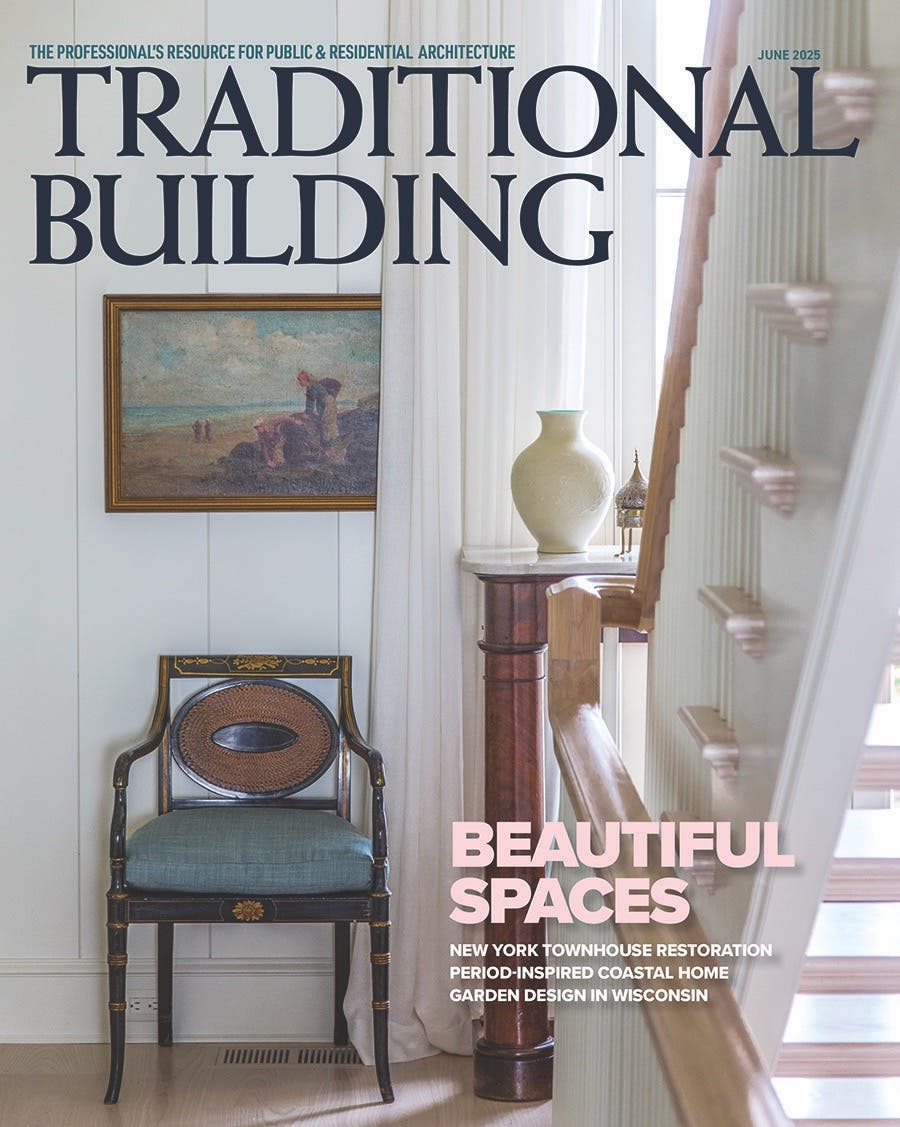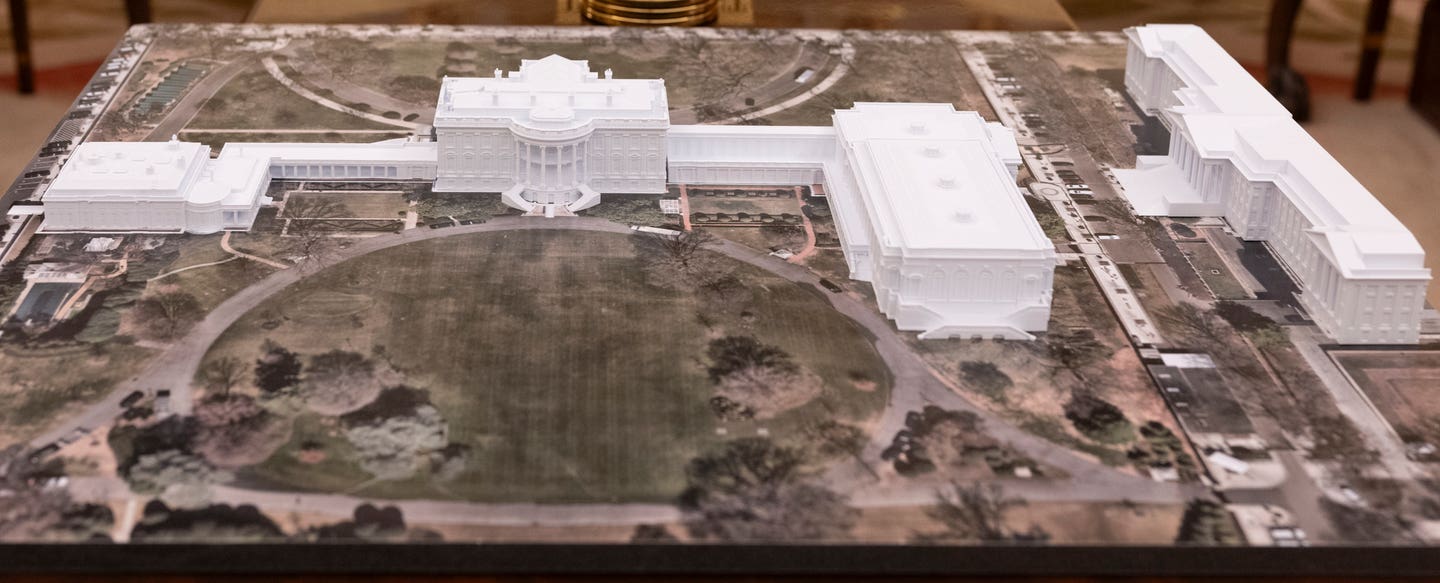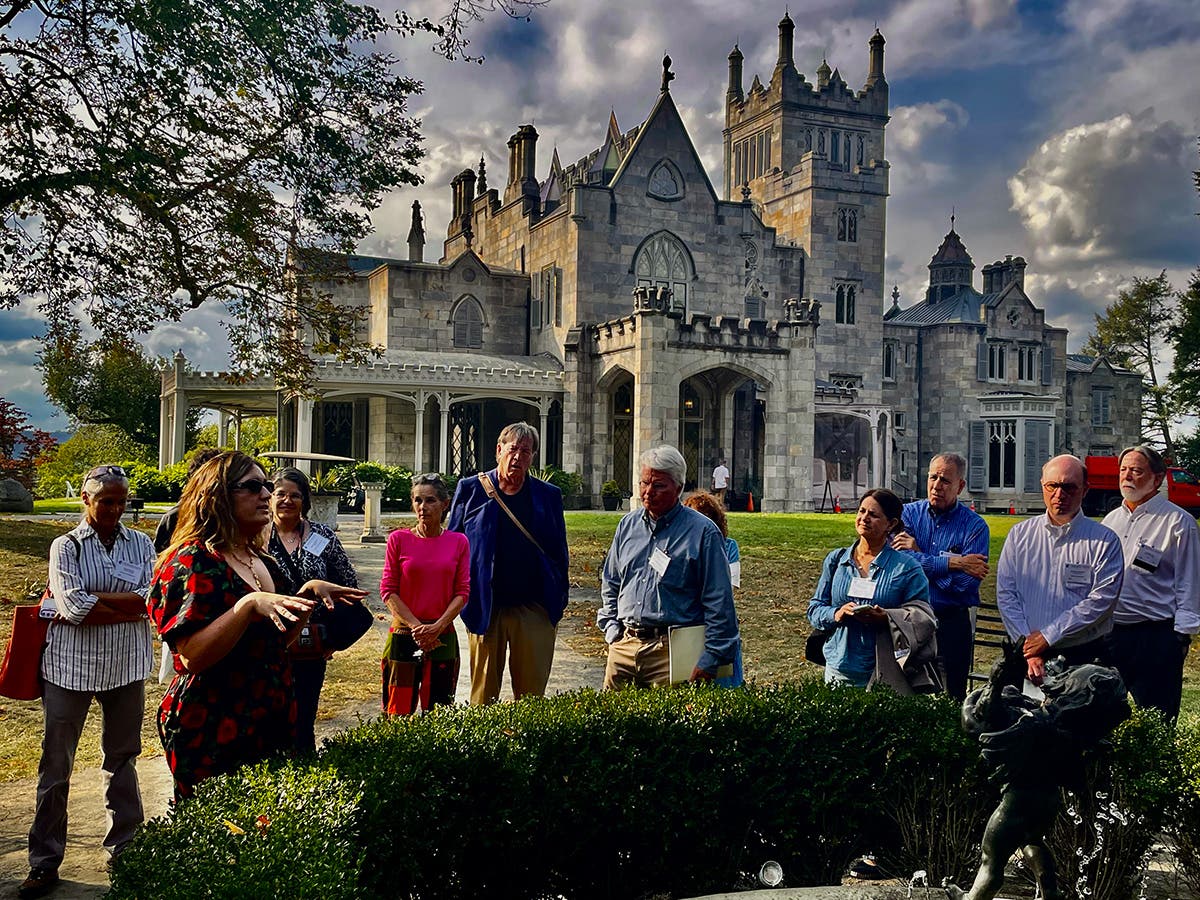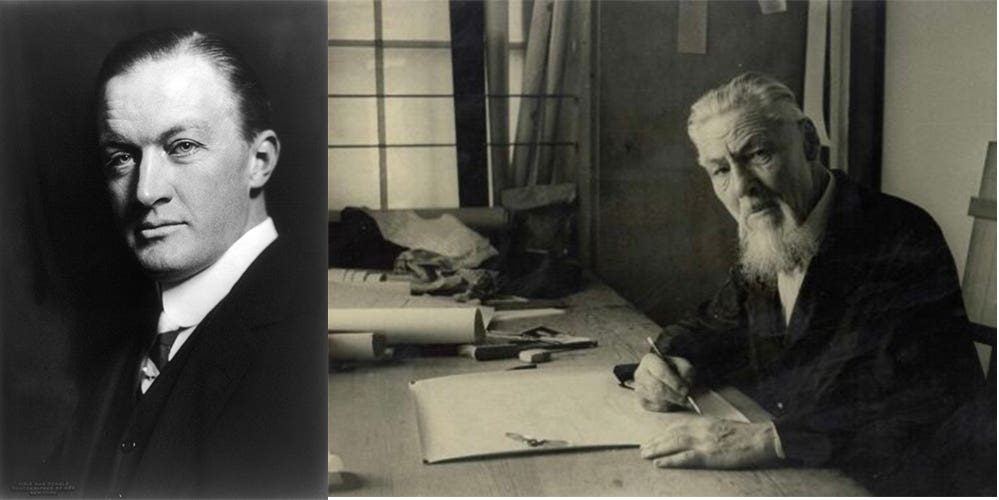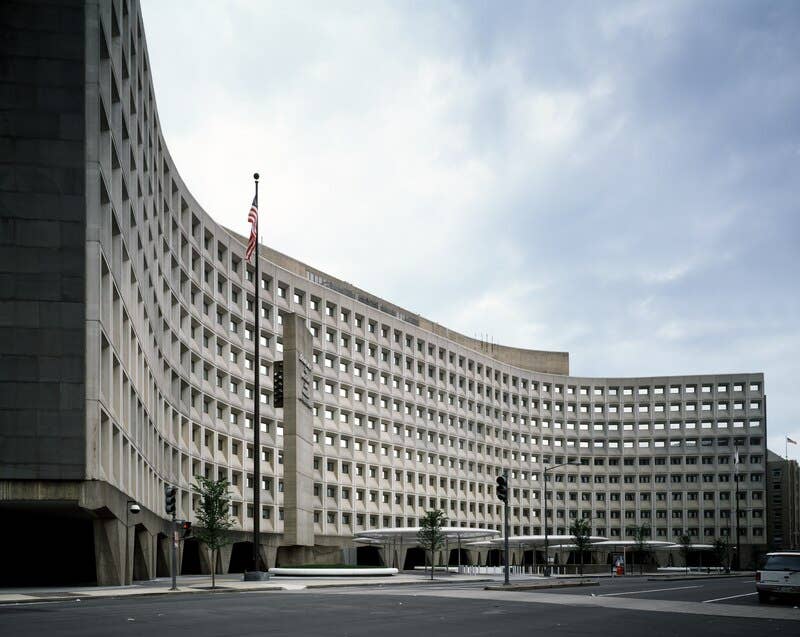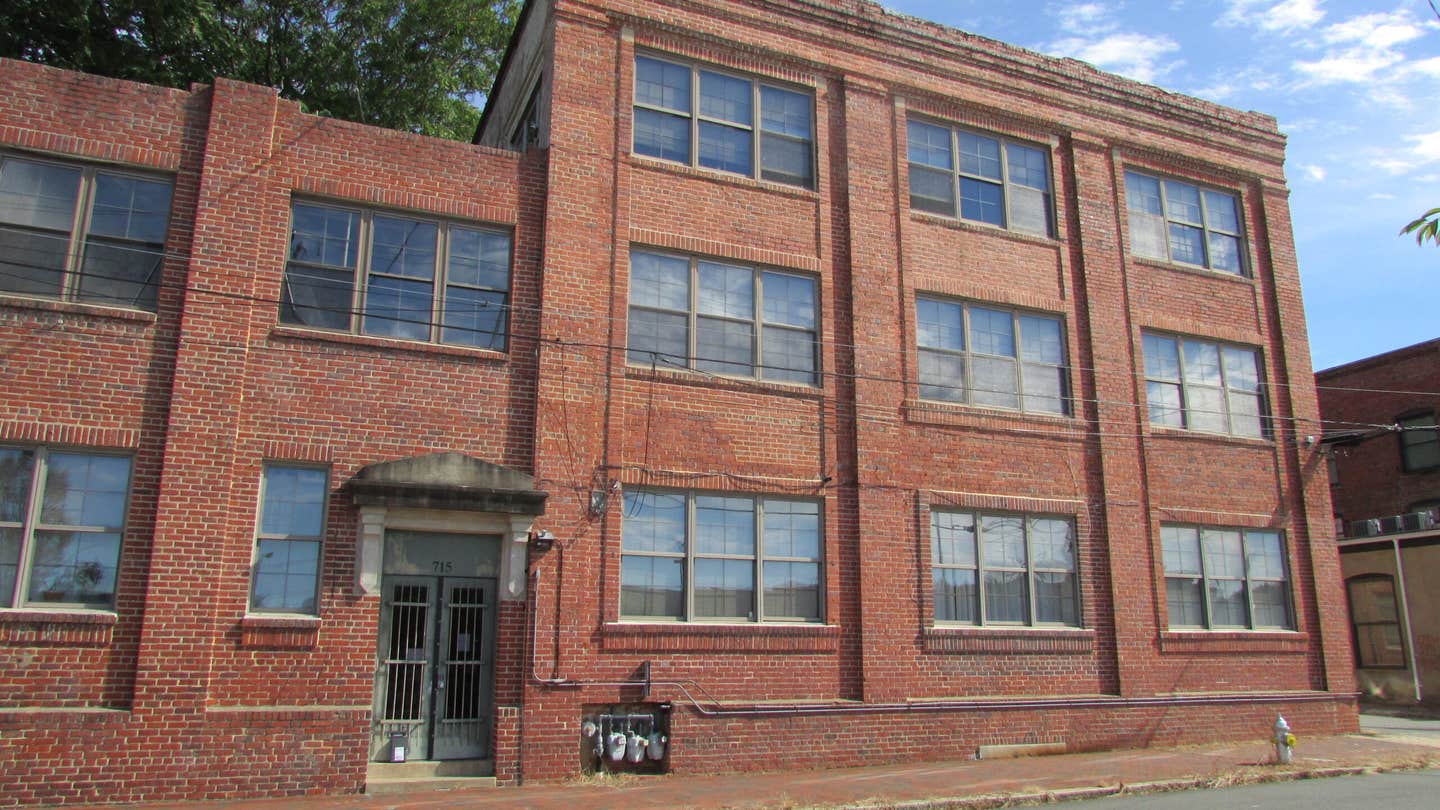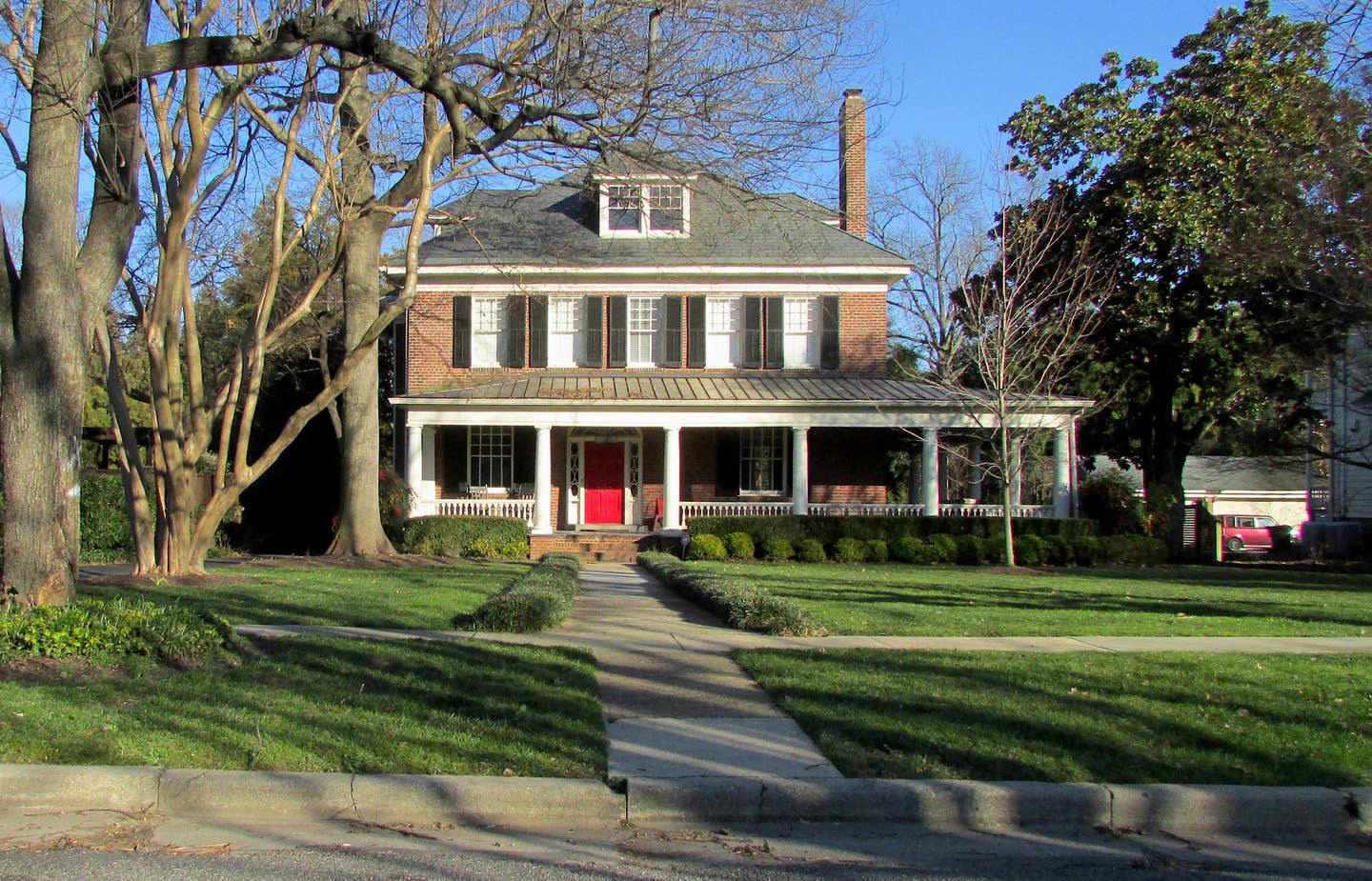
Carroll William Westfall
Urbanism as the Salve on Disunity
In 1776 people from diverse parts of Britain’s North American colonies found “in the course of human events” that it was “necessary” to found a new nation, and “with a firm reliance on the Protection of Divine Providence … [they] mutually pledged to each other our Lives, our Fortunes, and our sacred Honor.” A decade later many of them and others gathered again in Philadelphia where, as spokesmen of “We the People,” they drafted a Constitution to guide their common purposes to “establish Justice … promote the general Welfare, and secure the Blessings of Liberty to ourselves and our Posterity.”
In their work they set aside differences, and since then we have sought to remedy the deficiencies to come closer to facilitating the pursuit of happiness by all the people. From the Revolution to the present, the nation’s actions most fundamental actions have been guided by the interaction of traditions of English common law and developments from ancient concepts of natural law, both being constantly amended with innovations derived from experience and added insight. Also fundamental to the nation’s wellbeing has establishing proportionality between the contributions of individuals to the common good and their own individual pursuits.
To achieve that proportionality requires knowing the character and interests of others. This knowledge accrues over time through participation of a wide range of individuals and communities working together to promote the common good, for it is in interactions with others that individuals learn how things are going for themselves and for others.
The result of know knowing this is disunity, the corrosive enemy of the common good. Today conversations at large family gatherings are tense, and participation is down in communities of all sizes, from bridge clubs and bowling leagues and in the affairs of our neighborhood, city, state, and nation. We hear the word silo referring to the limits we accept, or impose, on the range of our activities that limit our interactions with others. We inhabit silos when we follow a familiar track in our work, settle into comfortable social activities, talk to the same people at church or social activities, and shop in big-box stores where we seldom encounter familiar faces. Our silos protect us from the discomfort of mingling with the unfamiliar faces in other silos.
Silos encourage disunity and inhibit democracy. Democracy requires that people know one another well enough to trust one another in sorting out the affairs of their own communities and those in overlapping with their own. The family is the smallest community, and while we are born into it, maturity weans us from its tightest embrace. We are also born into the largest community, our nation, but through migration, we can change our national allegiance. The other communities, from bridge club to state, we join voluntarily. While individuals in them often disagree with one another the community flourishes when they find enough agreement, and trust, to work together to achieve what it contributes to their individual happiness.
In large communities, silos make it difficult to find agreement because they prevent individuals from knowing others well enough to establish the trust that nourishes the common good. The traditional American city had silos based on race that we are trying to break down, and civilization has always had differences in economic status that segregate people, but prosperity rises and declines and the traditional urban structure everywhere was more effective than ours now is in promoting interactions. The traditional city, always built piecemeal and bit by bit, made a home for the humble and the rich in an enduring fabric, and as economic circumstances rose and declined, humble dwellings were improved or deteriorated and palaces found new inhabitants or uses. In traditional urbanism, the buildings built for the many communal activities and for the necessities for work and commerce were distributed in blocks, neighborhoods, and larger urban conglomerations that were home to a variety of people who encountered one another on their daily rounds, most of which were on foot.
In recent decades traditional urbanism has gained a foothold, but it has yet to displace the current, silo-building practices, and neither does it include an adequate range of diversity in population and activities to do what traditional urbanism did in the past.
The earlier day’s traditional urbanism reached partial fulfillment in America in early street-car suburbs. Richmond, Virginia, welcomed the country’s first successful city-wide trolley system in 1888 when the city had reached its walkable limits. Lewis Ginter, a local entrepreneur, recognized that trollies could extend the city into a distant tract separated by railroads and their attendant industrial area. In 1891 he had Frederick Law Olmstead plan Sherwood Park, a curvy- street suburb that failed to attract buyers until the 1920s when a nearby African American neighborhood was removed. Four years later he had Olmstead improve a boulevard on a trolley route, and to attract buyers to Ginter Park he lured a seminary from a nearby town that opened on the eleven-acre parcel he gave it. Surrounded by land gridded into various-sized lots, individuals bought them to hold or had local builders build on. Ginter built workmen cottages on some while others built grand houses on Seminary Avenue that the seminary’s campus interrupted. (Figs. 1, 2, 3) By World War II other subdivisions with smaller lots followed had let the North Side be built out. (Figs. 4, 5)
After Ginter’s death in 1897 his niece and heir built a school, and when Ginter Park was incorporated into the city and a public school was built several blocks away, it became a community center with meeting rooms and eventually a swimming pool cool that still cools the locals. (Fig. 6, 7) Diagonally across in 1914, she helped the Episcopalians build a church where now every Thursday morning volunteers in its parish hall distribute food on a monthly basis to 75 to 100 people from the zip code, with nearby Methodists and Catholics doing so on other weekdays. The neighboring suburban additions make retail shopping available only a few blocks away in some of the small shops I discussed in an earlier presentation.
This urbanism that various actors built produced a community that had a pleasing proportionality between the variety of people, institutions, and businesses. Residents were accessible to one another as individuals with the food pantry clients living in developments on the post-war fringes or along a central boulevard ravaged by a zoning change after it was designated as U.S. 1. Until the trollies quite running in 1949 North Side residents could do their daily rounds on foot or use the trolley to go into town or into the countryside with chance encounters with more people different from themselves. Today cars dominate, and those who walk do it for their own recreation of for their dogs.
Intruding in the story was the purchase by the seminary in 1901 of a 34-acre open tract diagonally across from its home for its possible future use. The seminary and a few others built a few structures on it, but most of the land was open for the neighbors’ use. In 2016 the seminary, needing improved residences for seminarians and faculty and facing financial stress, contracted with an out of state developer to cover the land with more than a 1000 apartments that by-right zoning allowed. Vigorous community opposition cited how it would overload the grammar school, overstress the combined sanitary-storm sewer, and overwhelm roadways. The seminary responded by cutting plans back to fifteen acres with 301 one- and two-bedroom “luxury apartments” with the required parking clustered around its residents’ “clubhouse” and swimming pool, leaving the rest for a community garden and recreation area until it wants to use it. The opposition presented an alternative plan, but it merely redistributed residences and open areas on the entire tract, and the seminary and the city set it aside, although the city did insist that a pylon that marked a trolley stop be left in place. (Fig. 8) “The Canopy at Ginter Park” being built now will be a silo like the many similarly out-of-scale developments with compromised, so-called updated traditional projects being built elsewhere in the city and its outskirts. Both the project and the alternative are silos lacking the diversity of people and activities and connections to the existing areas lacking what older traditional urbanism offered. Why not shops? Why not a daycare and a grammar school? Why not residences with the variety, quality, and landscaping that rewards the walker’s slow pace? Good old traditional urbanism allowed people to learn the character and gain the trust of people unlike themselves, the qualities essential for uniting people in communities, large or small, devoted to the common good.
But that way of building and rebuilding urbanism is, of course, forbidden by our present buildings ordinances, and the practices are embedded in an economic system whose actors seeking only profit even at the expense of community. Might I add that it seems that very few designers would be able to do it well? We descry disunity, but we fund roads rather than build modern versions of trollies, and we serve the short-term interests of landowners rather than the long term needs of our democracy. This silo is legion in a nation that has forgotten how to, or does not care to, build places that facilitate the pursuit of happiness of all of “We the People.”
Carroll William Westfall retired from the University of Notre Dame in 2015 where he taught architectural history and theory since 1998, having earlier taught at Amherst College, the University of Illinois in Chicago, and between 1982 and 1998 at the University of Virginia.
He completed his PhD at Columbia University after his BA from the University of California and MA from the University of Manchester. He has published numerous articles on topics from antiquity to the present day and four books, most recently Architectural Type and Character: A Practical Guide to a History of Architecture coauthored with Samir Younés (Routledge, 2022). His central focus is on the history of the city and the reciprocity between the political life and the urban and architectural elements that serve the common good. He resides in Richmond, Virginia.


